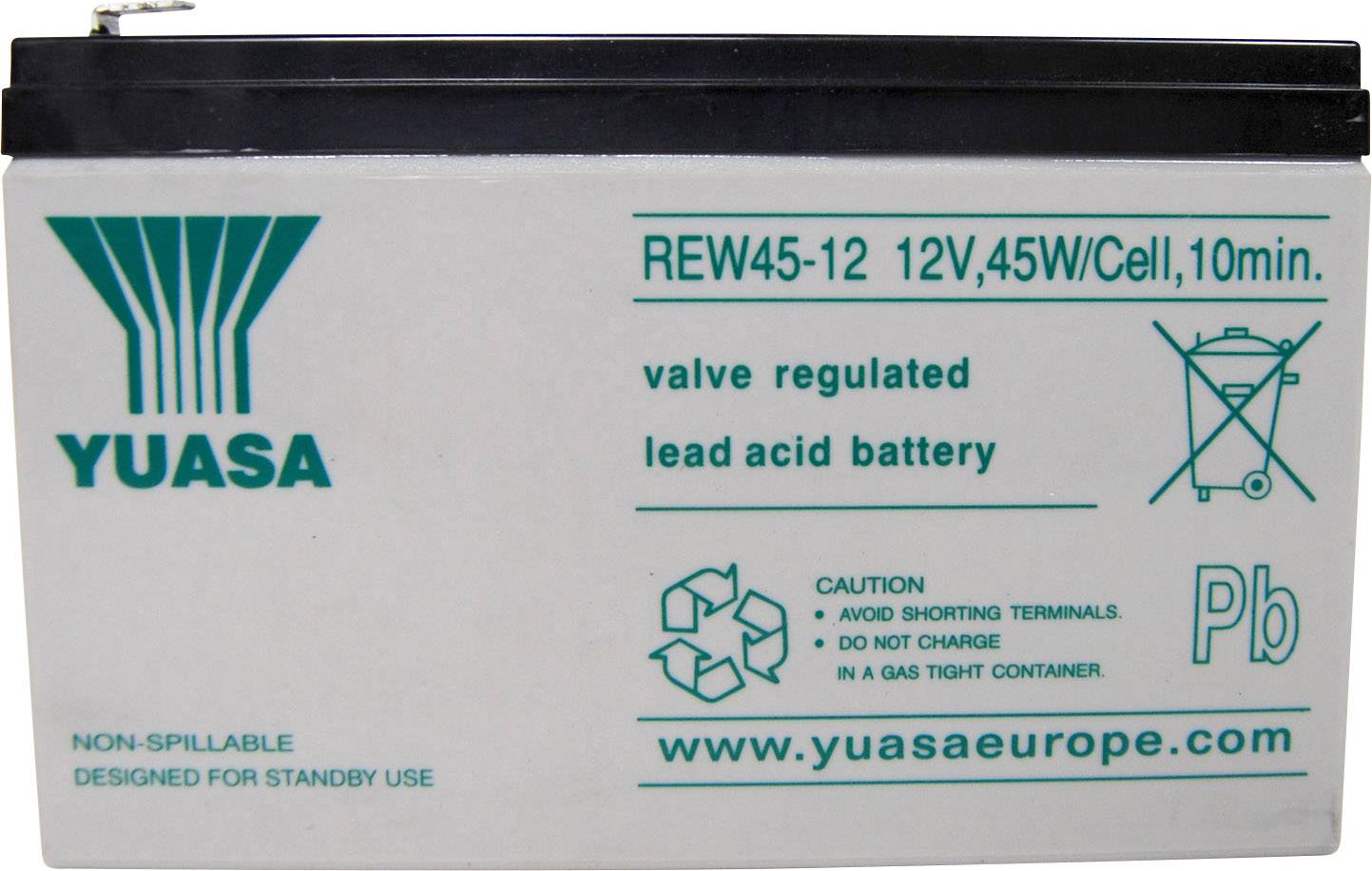

Sound travels at about 1ft per ms or 1 meter per 3 ms. The time difference between the arrival of the direct sound and first reflection is how you set your gate (reflected time-direct time=gate length). There are 2 right triangles in the pic above, just draw a straight from the midpoint to the floor and use it as 'A' or 'B'. The triangle in the top picture is the key to the math though the above(impulse) method is more useful-Pythagoras is your friend. You can try the same thing for any speakers you would like, but there are other ways as well. As you look at the frequency response graphs and how they are gated, you can see the impact of the time and amplitude of the reflections shown in the spectrogram at that gate setting. So the longer the gate, the more detailed your gated measurement. Gating not only removes room reflections, but also the amount of data points in the measurement. In the spectrogram you can see not only the timing and frequency of the reflections, but their amplitude as well. In the impulse you can see where the major, high amplitude reflections come into play just after 6 ms, but the spectrogram makes things a bit clearer if a bit less absolute. You can essentially close the gate on the reflection trying to get into the graph. The frequency responses at your left were achieved by various levels of gating using either the impulse or the spectrogram to discover where the room reflections enter the response. In order to do that you need to see what is speaker generated and what is boundary/room reflection generated.

Since sound has a time element to it-it is a temporal thing, we'll have to look in the time domain to separate it out. IOW, remove the reflections out of the visible frequency response measurement. You need a pseudo-anechoic measurement, but how does one make a pseudo-anechoic measurement? Eazy Peazy, you have to gate out the room reflections. It goes over some other microphone specs that are important to consider.So you want to get a nice clean measurement to design a speaker or measure a speaker you already have and you don't have an anechoic chamber at your disposal. Rational Acoustics has a great guide for anyone looking to put together a measurement rig. That being said, if lower end microphones are used variance between them must be taken into account when comparing data from different microphones. For system tuning, it's definitely possible to achieve satisfactory results with the DBX or RTA-420. If you're measuring the response of a loudspeaker in an anechoic chamber for R&D purposes, you'll want a microphone that will color the data as little as possible. The quality of the measurement mic needed is largely determined by the context of its use. You're able to buy them by the pallet from a supplier in Asia, and the companies put their respective logos on them. Another interesting thing is that the Rational Acoustics RTA-420 and the DBX RTA-M are exactly the same microphone, a PHM919. This should give you a good idea of the variance we're talking about. Here is a chart of 85 ECM8000's compared to each other. DBX or Behringer will purchase the capsule graded lower, with a +/- 6 dB variance from reference, for a lower price than the higher graded capsules. Earthworks will purchase capsules of a certain grade, say with +/- 1.5 dB variance from reference (numbers for example only). After the capsules are manufactured, they are measured and graded based on their deviation from the desired frequency response. While it is true that some measurement microphones use the same capsules (RTA-M/Earthworks), what separates them in price is the consistency from microphone to microphone found in the more expensive brands. AudioTools w/ SMAART add on or SignalScope Pro.Īs I said been doing a good bit of research on this lately so hope this helps some.
#Fuzzmeasure vs rew software
Then there is the iOS software options if you wanted a really mobile option. It looks to do it all just more fiddly as open source tends to be. Then there is REW its cross platform, free, and open source.

But it can do anything you will need it to. Thought is getting up there in price and is about compatible to the two channel version of SMARRT.

SpectraFoo is another really good option.
#Fuzzmeasure vs rew mac
If you are on a mac you have a few more options than PC.įussMesure is pretty basic but if you just need basic snap shot graphs it will get the job done. If you wanted to go the USB mic route look at the MiniDSP UMIK-1.Īs far as software goes. Thought the Daton EEM-6 is pretty tempting. Only other mic that hasn't been mentioned that I think falls in this range is the Rational RTA-420 if its good enough for SMAART its good enough for me.


 0 kommentar(er)
0 kommentar(er)
